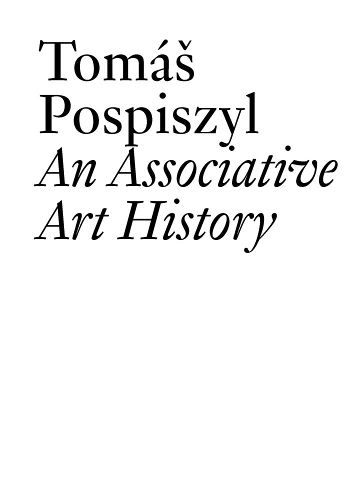Readings Newsletter
Become a Readings Member to make your shopping experience even easier.
Sign in or sign up for free!
You’re not far away from qualifying for FREE standard shipping within Australia
You’ve qualified for FREE standard shipping within Australia
The cart is loading…






An Associative Art History searches for the place of Czech, Slovak and Eastern European postwar art in global history. Resisting the mere repetition of Western canonization, the publication aims not to fruitlessly compare East and West, but rather to decipher the circumstances under which artworks are created, theorized and compared to each other. How do Knizak, Kolar, Koller and Kovanda relate to Situationism, Minimalism and Fluxus? What does Jindrich Chalupecky have to do with Clement Greenberg?
Czech art historian and curator Tomas Pospiszyl recounts a history of contemporary Eastern European art by highlighting emblematic stories of the art scene’s protagonists, mixing personal anecdotes with artistic agendas. This collection of nine essays, on topics spanning from 1939 to 2013, proposes a new reading of the visual arts during the Iron Curtain era and after.
$9.00 standard shipping within Australia
FREE standard shipping within Australia for orders over $100.00
Express & International shipping calculated at checkout
Stock availability can be subject to change without notice. We recommend calling the shop or contacting our online team to check availability of low stock items. Please see our Shopping Online page for more details.
An Associative Art History searches for the place of Czech, Slovak and Eastern European postwar art in global history. Resisting the mere repetition of Western canonization, the publication aims not to fruitlessly compare East and West, but rather to decipher the circumstances under which artworks are created, theorized and compared to each other. How do Knizak, Kolar, Koller and Kovanda relate to Situationism, Minimalism and Fluxus? What does Jindrich Chalupecky have to do with Clement Greenberg?
Czech art historian and curator Tomas Pospiszyl recounts a history of contemporary Eastern European art by highlighting emblematic stories of the art scene’s protagonists, mixing personal anecdotes with artistic agendas. This collection of nine essays, on topics spanning from 1939 to 2013, proposes a new reading of the visual arts during the Iron Curtain era and after.